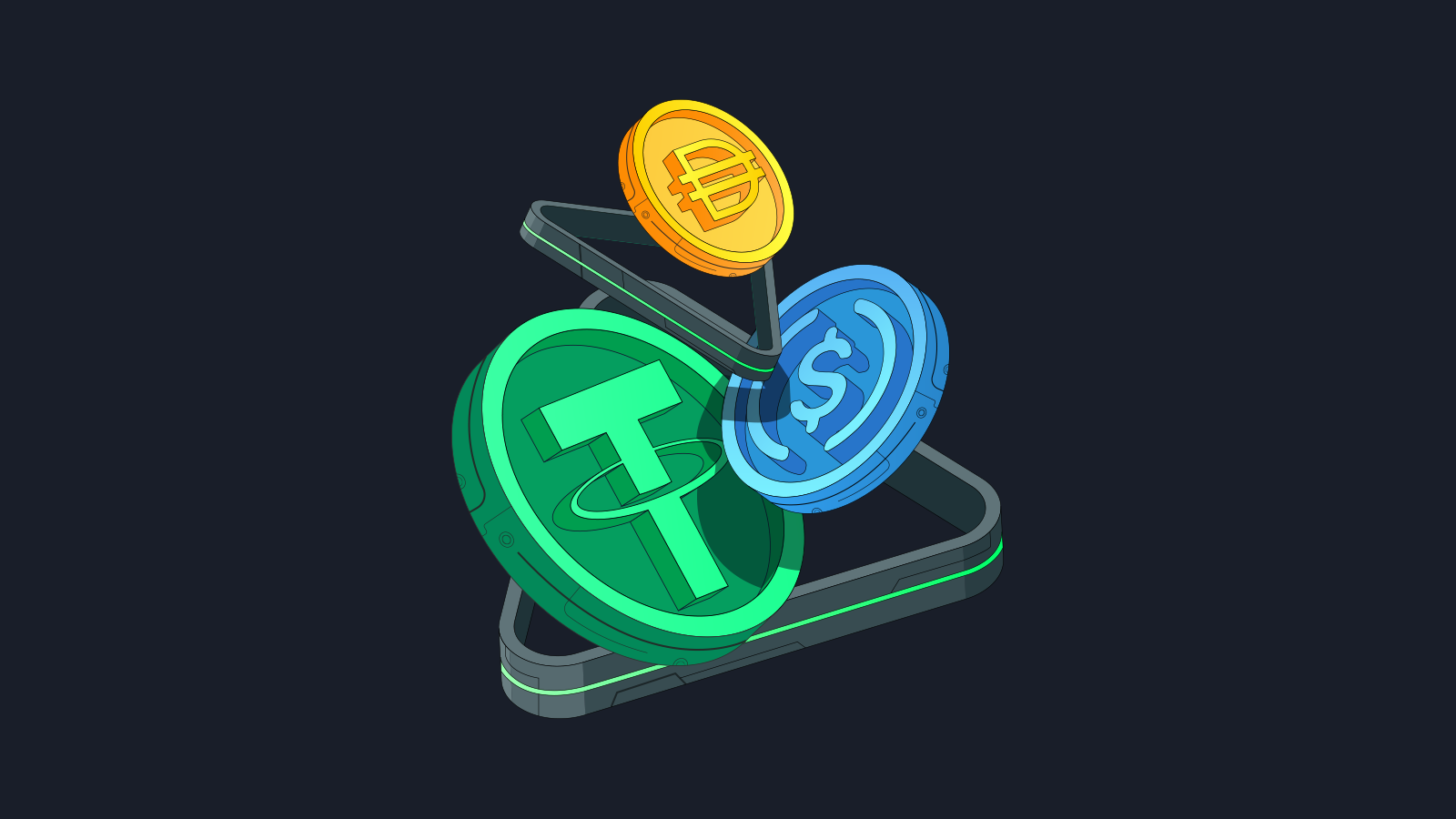Bitcoin to Stability: Ascendancy of Stablecoins

Bitcoin to Stability: Ascendancy of Stablecoins
The cryptocurrency world is fast-paced. Bitcoin is the pioneer of digital currencies. It’s captured millions’ imagination since it started in 2001. New players are emerging as the cryptocurrency landscape evolves, like stablecoins. They’re said to be the future of Bitcoin because of their consistent values.
Understanding Stablecoins
A stablecoin is one of those cryptocurrencies that’s made to keep its value stable. Unlike Bitcoin and other traditional cryptocurrencies, stablecoins are pegged to the value of fiat currencies or other assets, providing a level of stability important for broader adoption and everyday use.
The Volatility Challenge
There’s extreme price volatility in the Bitcoin, despite its widespread popularity. It can swing wildly within a short period of time, leading to investors’ and users’ fears and uncertainties. As a medium of exchange and a value store, Bitcoin hasn’t really taken off because of this volatility.
By pegging their value to gold or the US Dollar, stablecoins solve this problem. Compared to traditional cryptocurrencies, stablecoins provide a more predictable and the reliable way to do transactions and hold value because they peg to a stable asset.
Types of Stablecoins
Stablecoins come in different types, each with its own mechanism.
Fiat-Collateralized Stablecoins: These stablecoins are backed by traditional fiat currencies like the US Dollar. For every unit of stablecoin in circulation, there is an equivalent amount of fiat currency held in reserve.
In this model, stablecoins are backed by a basket of cryptocurrencies. While this adds a layer of decentralisation, it still carries the market risk.
Algorithmic Stablecoins: This type of stablecoin uses algorithms and smart contracts to automatically adjust the supply based on market demand, aiming to keep the value stable without the need for direct collateral.
Use Cases for Stablecoins
There’s lots more to stablecoins than just serving as a store of value. Because they’re stable, they’re perfect for everyday transactions. Stablecoins can also bridge traditional finance with cryptocurrencies, so users can easily get into and out of them.
Regulatory Considerations
It’s getting harder and harder to strike a balance between fostering innovation and protecting consumers as stablecoins grow in popularity. AML and KYC usually have the same rules for stablecoins backed by fiat currencies, so they have to comply with them just like any other financial institution.
Challenges and Concerns
Stablecoins can be a good solution to the volatility issues cryptocurrencies face; they’re not without their own problems. A big concern is losing faith in the stability mechanism. Users might lose trust if the value peg starts to doubt or the collateral backing the stablecoin doesn’t work, and then its value goes down.
Regulatory challenges pose another challenge because cryptocurrency regulations keep evolving, so stablecoin issuers need to navigate a constantly changing the landscape.
The Future of Stablecoins
Although stablecoins have a lot to overcome, their ability to combine the benefits of cryptocurrencies with traditional fiat currencies makes them a great candidate for mainstream adoption. With stablecoins, the technology might mature and regulatory frameworks will become more clear, so they could be a viable alternative and maybe even a successor to Bitcoin with consistent values in the future.
Conclusion
Stablecoins with consistent values opens up a new chapter in digital currency’s evolution. In order to stay stable in an unpredictable world of cryptocurrencies, innovative solutions have been developed that bridge the gap between traditional finance and decentralization. Even though stablecoins still have problems and regulatory hurdles, their promise lies in their ability to provide users with a reliable and stable way to store and conduct money. The cryptocurrency landscape keeps evolving, so stablecoins might very well play a big part in shaping it.
